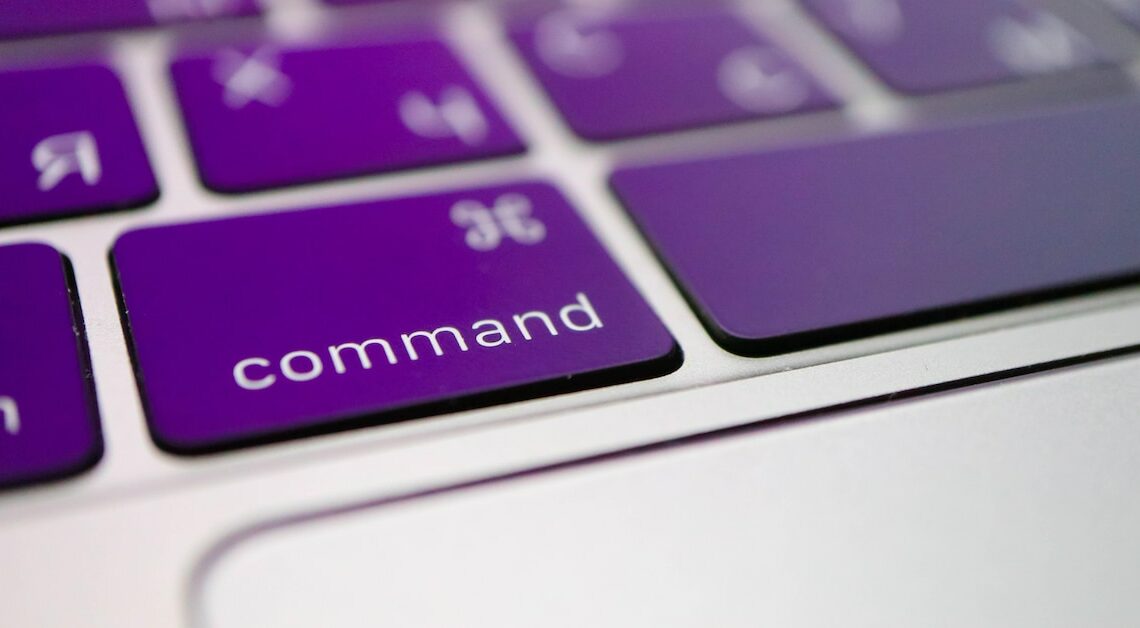
Bootcamp offers you the possibility to install Windows on a Mac. All you need is a valid full version of Windows 10.
Installing Windows on a Mac with Bootcamp: Requirements
With the Bootcamp utility, you can install Microsoft Windows on your Apple Mac as a separate partition. This means that after installation, you can always choose between the Windows operating system or the Mac OS. Beforehand, however, you should check whether your Mac has the numerous requirements fulfilled:
- Bootcamp is only available with the following models compatible: iMacs from 2012 to 2020, any iMac Pro, Mac Pros from 2013 to 2019, Mac minis from 2012 to 2018, MacBooks from 2015 to 2017, MacBook Air from 2012 to 2020, and MacBook Pros from 2012 to 2020.
- Exceptions are the M1 MacBook Air (2020) and 13-inch M1 MacBook Pro (2020) models. These are not suitable for Bootcamp because they do not have Intel processors.
- Make sure that the boot volume of your system is at least 64 gigabytes free memory. However, 128 gigabytes is recommended for optimal performance. Mac Pro and iMac Pro models require at least 128 gigabytes of free memory.
- Check your system for the latest updates. If necessary, install Do this in advance so that all Bootcamp features are available to you.
- You also need a 64-bit full version of Windows 10 Home or Windows 10 ProYou cannot install Windows 11 on your Mac using Bootcamp.
- You need the Windows version either as ISO file on your system or on a 16 gigabyte USB stick. The USB stick method is only necessary if you are using a Mac version of OS X El Capitan.
- Notice: For Mac models with Apple T2 Security Chips, make sure you select the Safe starting You can check this using the Startup Security Utility, which you can start immediately after the system starts using the key combination (command)+(R) open.
How to install the operating system
Follow the steps below to install Windows 10 on your Mac install:
- Open the Finder and there the Utilitieswhich you can find under Programme Now activate the Bootcamp Assistant.
- Follow the instructions in the Bootcamp Assistant. requestedto connect the USB drive, plug it into your Mac. The wizard will then make sure the USB drive can install Windows as a boot option.
- This is not necessary for ISO versions on your system. These are automatically detected. Then insert the Partition size the Windows installation, which must be at least 64 gigabytes in size. The more storage space, the better.
- Bootcamp will then restart your system. After that, you will need to BOOTCAMP-Partition select and Formatting. Wait until the formatting is completed.
- After formatting, remove all external devicesthat are not necessary for the Windows installation. These include, for example, external hard drives.
- Start the installation of Windows 10 via Further. Follow the on-screen instructions to complete the installation.
- The computer will restart after the installation. You will now see the Welcome to the Boot Camp Installer. Use this to install the necessary Boot Camp and Windows Support Software (Drivers).
- To do this, simply follow the on-screen instructions again. The installer will guide you directly through the installation of the drivers so that you can install Windows 10 unrestricted can use.
- Finally, you must restart your Mac again. After that, you can use the (Option key) select which operating system you want to use.
Fix Bootcamp USB installation media issue
If an error occurs during the Windows installation via Bootcamp under macOS Mojave (10.14) to problems, you can use the following solution:
- Under this macOS version, the button Create USB Windows 10 installation media missing in the installer. To add it back to Bootcamp, you must info.plist file edit.
- To do this, copy the Bootcamp Assistant application via (command)+(C) from the utility to your desktop with (command)+(V). Then click the app while holding down the (Ctrl) an.
- In the opened context menu, click Show content and then open the file info.plist in TextEdit. Delete on this preaus PreUSBBootSupportedModels,
- After that, all that would be left is USBBootSupportedModels be visible. Insert the model of the USB stick used after the line. Repeat this step for the entry ExternalInstallOnlyModelsso that the USB stick can also be found there.
- The start Then bootcamp and you should see the option to create the USB installation media.
